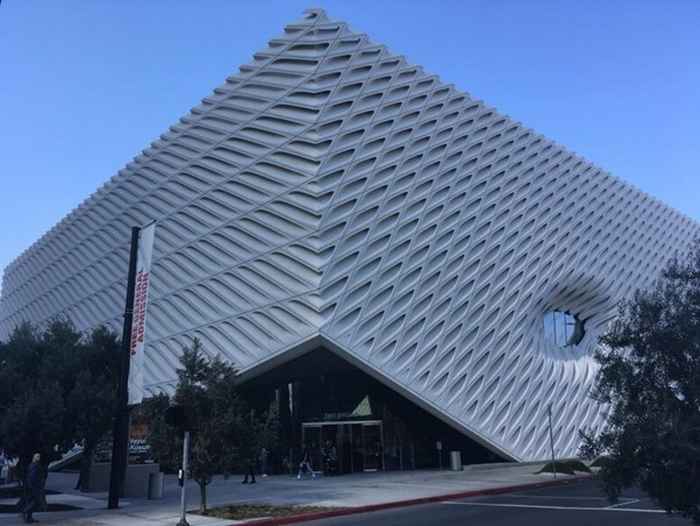Economic elites increasingly shape the art we see
12 April 2023

The private museum boom has been the subject of heated debate in the art world. What does it mean for art in the public realm? How does the buying power and influence of private museums compare to that of public museums? To what extent do collectors' personal preferences impact the art that is now being commissioned, exhibited and canonised? Professor of Sociology Olav Velthuis and his research team present the first systematic overview of private art museums, including founding dates, geographical distribution, size, collection focus and social media presence. The team also looked at certain key characteristics of the museums’ founders, such as gender, age and business background.
The researchers argue that the data confirms the existence of a number of ongoing inequalities in the art world. Velthuis: ‘Private museums reflect rising income and wealth inequality, are indicative of ongoing gender inequality within the art world, and highlight geographic inequalities as well.’

Through their private museums billionaires increasingly shape what art can be seen in the public sphere and impose their private taste on wider audiencesOlav Velthuis, Full Professor, Department of Sociology of the University of Amsterdam
Shaped by billionaires
‘Given the high costs of founding and running a private museum, rising income and wealth inequality across the globe has clearly helped fuel the 21st century private museum boom,’ says Velthuis.
Using publicly available sources, the team managed to retrieve the wealth of 58 individuals, who founded 75 museums in total. The average wealth of these individuals was almost $11 billion. Thirty-seven of them appear or have appeared on Forbes’ World’s Billionaires List. ‘Through their private museums billionaires increasingly shape what art can be seen in the public sphere and impose their private taste on wider audiences,’ says Velthuis.
Only 16% founded by women
The private museums are also indicative of ongoing gender inequality within the art world. The research team reveals that only 16% of the museums were founded by women, while 58% were opened by men. 26% of the museums were opened by couples.
Finally, the private museum boom highlights geographic inequalities within the art world, in particular between the global north and the global south. Private art museums are located across 58 countries, but remain heavily concentrated in Europe (50%), Asia (28%) and North America (15%). ‘By contrast, the number of private museums remains strikingly low in Latin America and the Caribbean (4%), Africa (2%), and Oceania (2%).’
Relatively fragile institutions
Despite the burgeoning numbers of private museums, they remain fragile institutions. Since the year 2000, 71 such museums have closed down, and 24 others have been transformed or incorporated into a public museum. The reasons for the closure are largely financial. ‘With limited access to public funding or difficulties in soliciting donations from other philanthropists, they usually need persistent monetary support or a large endowment from their founder, and without it will very quickly find themselves in financial trouble,’ says Velthuis.